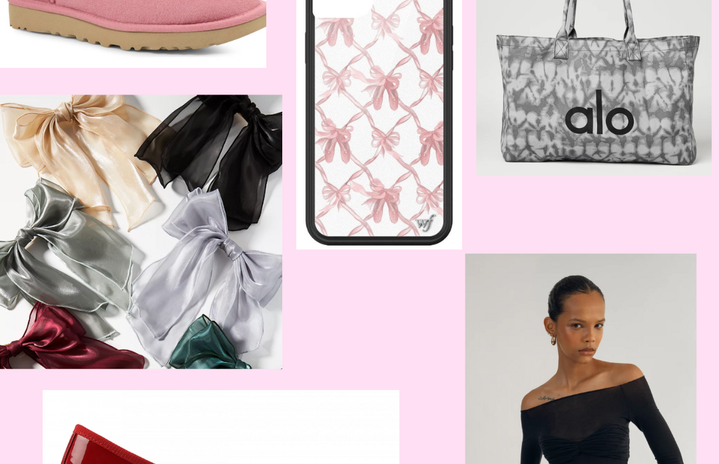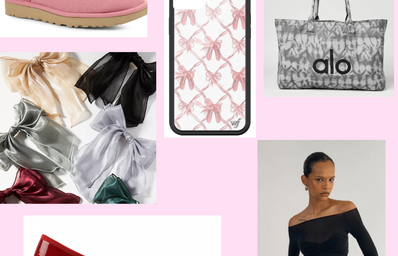Worn by women, made by women, and run by men. For Matilda Djerf and Grace Beverly however, a different leadership style has been brought to the table of CEOs in fashion.
With the outset of fashion used to distinguish individuals between classes to find a woman her ‘suitor,’ it is no wonder that the realm of clothing has long been steered by men. From the ‘stomacher’ to the corset ever so tight, traditional garments have been premised upon the need to present a woman as desirable. Fast forward to today and the evolution of fashion has certainly moved from beyond a bodice and petticoat to an era of power suits or, when need be, those ‘loose’ fitted jeans. Fashion has undeniably been redefined – but not those running it.
Contrary to the popular belief that the fashion industry is a ‘woman’s world,’ only 14% of the top 50 fashion houses are run by female executives. Today’s muses, Matilda Djerf, a Swedish entrepreneur who stormed the world of fashion through her minimalistic and classy style, and Grace Beverly, similarly an entrepreneurial success, albeit rose to triumph as a fitness enthusiast, have both championed the sphere of couture. Distinct ideas, distinct journeys, yet corresponding outcomes; the renowned title of ‘CEO.’ By prioritising a women’s clothing preference as part of her identity and the emotions evoked in doing so, both industry leaders have begun to revolutionize the women’s fashion landscape.
Proclaimed style enthusiasts have grasped how trends changeand cherry red is this season’s colour. Djerf herself runs a tight ship when it comes to influencing the must-haves for Gen-Z, be it flat pumps or ribbon hair accessories that currently form her ‘Scandi-look.’ Yet the success of her clothing brand, DjerfAvenue, goes well beyond her ability to curate the perfect 90s blowout along a chic outfit. Founded in 2019, just four yearslater Djerf Avenue has rocketed in success and reached $34.5 million in revenue sales.
The key to her success? Sustainability, inclusivity and, quite simply, forging Djerf Avenue as a relatable community. Where photos aren’t edited, models of all shapes and sizes are given a platform, transparency is offered to the entirety of the production processes, and undoubtedly, pieces are timeless. In this way, Djerf has redefined future female visions. The possibility to enter the fashion market through new and innovative approaches, such as fostering dialogue between customers and her brand where actual customers model her clothes and give feedback, Djerf, as a female CEO, has transformed the fashion landscape that sits outside traditional approaches to brand governance.
Grace Beverly has similarly built a fashion empire of her own, although she leads the fitness sphere. Parallel to the hardships of student life, Beverly, through a strategic approach, began to post workout videos and daily health blog inspirations at the ripe age of 18. Only a year into her strong social media presence, Beverly then founded an online fitness app, Shreddy. Monetizing on both her social media community and the success of Shreddy, Beverly took her passion for sports and all things active to mould the clothing brand name we so commonly hear about today, TALA.
Similar to Djerf, Beverly built her businesses by putting her personality on the line and as a result, formed harmonious relationships with her consumers, typically considered unconventional within the world of fashion business. In a world where environmental impact is increasing of importance, it is for innovative women like Beverly where business strategy comes into play. The making of her brand, is thus one too of sustainability and inclusivity. Made from recycled plastic bottles and a body positive outlook, the ethical sportswear run by Beverly as CEO is another example of how upcoming women are driving change to work cultures through embracing social impact.
In a transformative era where social media has become a catalyst for entrepreneurship, these pioneering women, Matilda Djerf and Grace Beverly, have forged a new path for upcoming female CEOs. Both a redefinition of the fashion landscape and a window of opportunity has been moulded in the face of women.


